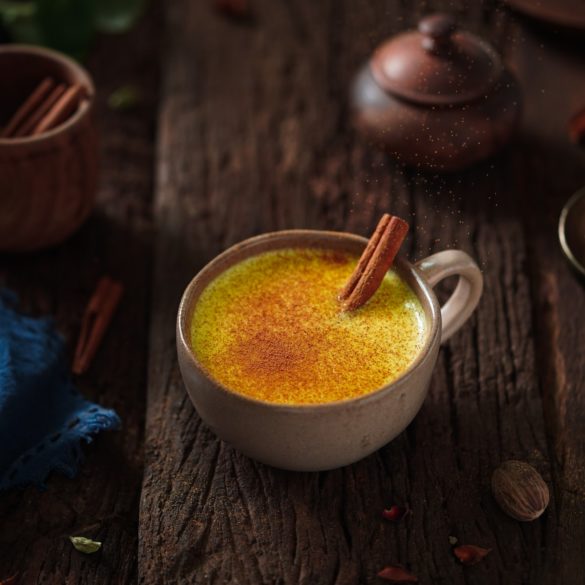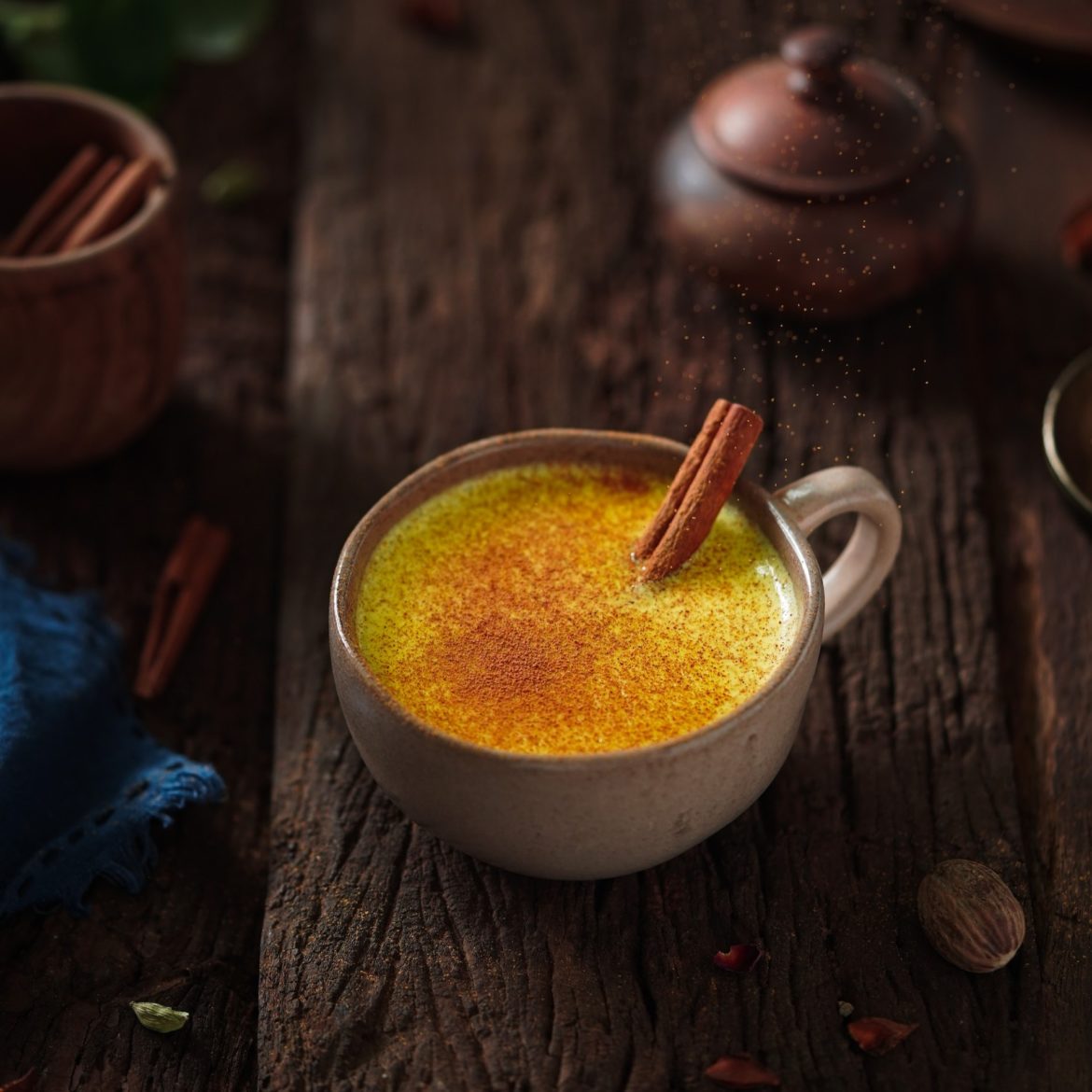While the leaves are changing colours on the trees around us, more of the dosha Vata begins to appear in the human body. This means that we are more sensitive to cold, dryness and mental distraction. Vata are the elements of Ether and Wind.
Autumn can be treated as a transitional season - as long as vegetables and fruits from the summer harvest are available, we can safely enjoy their benefits (tip: stock up on fruit conserves for the winter! 😉), but with more and more attention towards warm meals and more and more root vegetables, which dominate in the cold season. On warmer, sunnier days we can still use the tips for summer in Ayurveda, while on colder, windy and eventually wintery days it would be better to focus on sweet, sour and/or salty meals, prepared to be (still!) heavy, oily, but also wet and warm/hot. Goulashes, heavier soups such as pea soup, dishes based largely on root vegetables such as carrots, beets, potatoes, sweet potatoes or perfect for this season pumpkins, prepared with a good splash of ghee or good quality meat/fish will work great here. In autumn, plums, nuts and mushrooms also appear at the farmer's market, offering even more enrichment to our diet this season. It's worth eating various types of homemade ferments regularly (doesn't need to be much, but often!), which will help us build immunity (flora!) and at the same time perfectly satisfy the need for a sour taste. When it comes to fruit, we steer towards those that are cooked and therefore easily digestible, e.g. apples stewed with cinnamon.
Contrary to appearances, it's not advisable to eat very spicy food - the hot taste in small amounts helps warm you up (it's worth adding a bit to your winter tea!), but in excess it can cause the body to dry out, which will ultimately cool it down. From an Ayurvedic perspective, chili peppers will serve us better in the spring, i.e. at the peak of the seasonal Kapha dosha. However, for cooking we can safely use warming spices such as cinnamon, cardamom, ginger and cloves. Personally, at this time of year, apart from masala chai type teas, I also love the highly valued in Ayurveda "golden milk", with turmeric and other spices – I've included the recipe below, and in the next entry you will also find my recipe for quite a decent autumn-winter pumpkin soup. 😊
Increased Vata in the body may also result in a tendency to suffer from digestive problems related to excess or stagnation of air, e.g. constipation or flatulence. In such cases, it's good to take care of the appropriate hydration of the body – personally, as a typical Vata, I see a huge difference when I start each day with a glass of warm water. Another excellent support for digestive problems can be an Ayurvedic herb mixture called Triphala (available e.g. here).
As a final tip, during the season of scatter-minded Vata, it's worth focusing on what grounds us – so let's sacrifice dynamic, active yoga for a calmer yin yoga and replace jogging with Qigong. (Or a blanket and hot drink in front of a fireplace! 🤫) Hot baths are also recommended, with addition of magnesium salts, e.g. carnallite, which is great for skin and can also prevent a potential constipation.
PS Avoid exposed ankles - your kidneys will thank you! 🍂
First, cook the turmeric and pepper for about 8 minutes over low heat with a small amount of water (just so it doesn't evaporate!) to release the health-promoting properties of these spices. Next, add the rest of the ingredients except honey and boil for a short while. After removing from the stove, season with honey and pour into cups. Bon appetit! Tasty but also perfect for a cold!
INGREDIENTS
LET'S DO IT
PS

